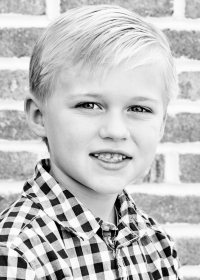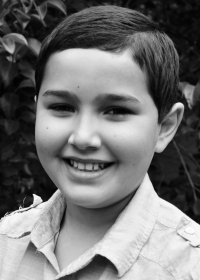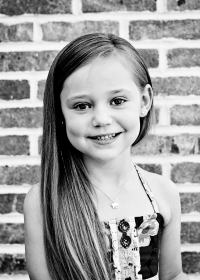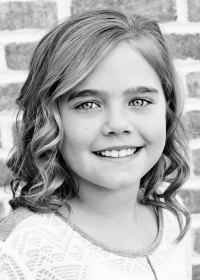2017 PANDA Event Patient Models
|
|
Abbigail
Thanks to the physican-scientists and research at the Steele Center, five-year-old Abbigail is now full of life and back on the growth chart. Her family is forever thankful for Dr. Ghishan. |
|
|
Emma
After the second round of the recommended treatment of intravenous immunoglobulin (IVIG), the Emma her family knew began to re-emerge. She still battles her illness daily, but it is more manageable because of the incredible research and resources available for children like her. |
|
|
Holland
After her family learned in May 2016 about the new CPAE Center opening in Tucson for children with PANS or PANDAS, Holland had her first IVIG treatment. Within hours of the treatment, she was dancing in her hospital room. Holland’s family tells everyone that the doctors and research at the Steele Center gave them their daughter back. |
 |
Jack
Jack was three when his family noticed he was drinking a lot of water, complained about being thirsty all of the time, regressed in his potty training and suddenly lost his baby fat. When Jack was visiting his grandfather and did not run around at the San Diego Zoo—one of his favorite places—a simple blood test during a doctor’s appointment showed that he had type 1 diabetes. No one knew the Jack’s symptoms were common signs of the disease. His blood sugar levels were dangerously high, but he received medical care before going into a life-threatening diabetic coma.
After almost four years, Jack perseveres and does not let diabetes get him down. He is a happy, energetic, full-of-life six-year-old who is back to running around the San Diego Zoo every chance he gets. |
 |
Jaden
Jaden and his family have learned how to manage his type 1 diabetes. They are grateful for PANDA and being able to partner with researchers and physicians at the Steele Center to discover and improve treatments and cures for childhood diseases. |




